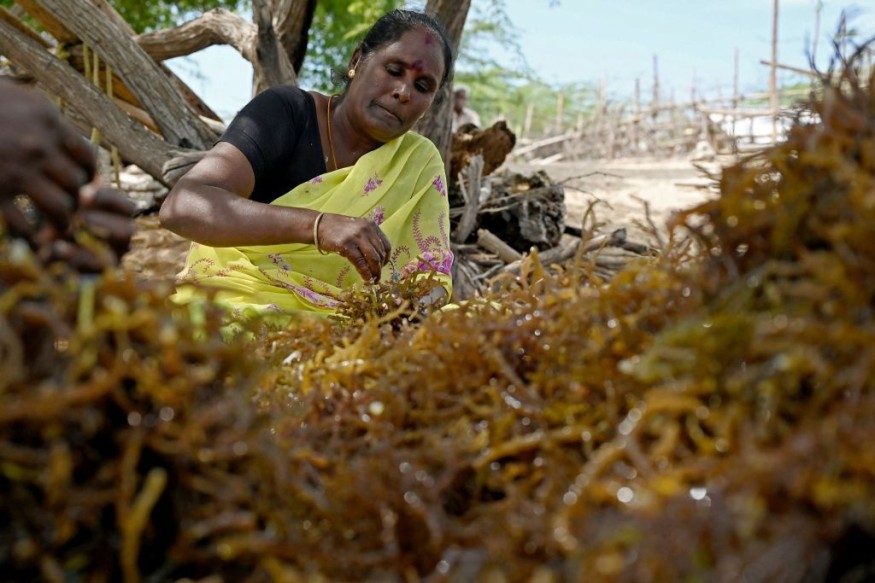Researchers have drawn up an approach for humans to survive a nuclear war, although they said it would involve a lot of seaweed.
A Mirror report said world leaders have been encouraged to plan for a disaster that would follow "an abrupt sunlight reduction scenario."
Experts have warned that even though a nuclear would lead to huge life loss, most deaths would be caused by mass starvation.
A new report from the Alliance to Feed the Earth in Disasters has drawn up a way out of such a crisis, with governments being urged to get ready.

Mass Farming with Seaweed
As seaweed needs a small amount of sunlight and has resistance to radiation, the alliance said it would be ideal to do mass farming.
Impacts of asteroids and huge volcanic eruptions are among the scenarios that would require the same action, as indicated in a report from The Times.
According to Juan Garcia Martinez, a scientist, they are trying to promote preparedness, a culture of having government, institutions, and companies prepared for a worldwide disaster that has been quite disregarded.
3 Phases of Responses for Survival
In connection with such a catastrophe, experts have said the survival of humans would need a response in three phases.
In the first phase, a mass slaughter of fish and livestock could buy time, whereas substitute food sources are found, the research published in the Nutrients journal revealed.
The next phase involves processing sugar from would, which would be abundant in dead forests, which would help offer important energy to help see people through.
The third and last step would see "staple crops" like seaweed and potatoes established to close the equator. Garcia Martinez explained these would need to be sowed quickly, with the seaweed helping offer important nutrients.
The scientist also said world leaders must plan together for such a catastrophic occurrence, as it will depend on political cooperation between countries.
Stockpiling seaweed will be crucial to survive catastrophic nuclear war, scientists say https://t.co/nNkC7PIyoN
— PostX United Kingdom (@postxnewsuk) April 19, 2022
He continued explaining that they believe that being more ready for this kind of scenario would lessen the likelihood, not to mention the severity of a probable collapse of a civilization, a similar PostX News report specified.
Dry Seaweed as an Alternative Food When the 'Stuff Hits the Fun'
According to a 2021 Starvation News report, dry seaweed is a cost-effective alternative food when the "stuff hits the fun."
Sellers of dry food can feed only roughly 10 percent of the global population for five years, making it very inadequate.
These products' costs would increase because of demand, making it very worrying for most of the population. Storing up large amounts of food ahead of a disaster would be quite costly.
On the other hand, dry seaweed can be produced for roughly $1 a pound, making it the lowest reasonable price for food in a post-disaster situation.
In this circumstance, it could cost approximately $3.2 trillion to produce enough seaweed to feed all the people on this planet for one year, which could mean nearly everyone worldwide could afford to eat.
Essentially, seaweed can grow in freshwater or saltwater, and it is possible to grow it in an aquarium at home, making it a very sustainable approach to supplement a household's food pile when nuclear winter approaches.
Related information about how seaweed can save the world is shown on SciShow's YouTube video below:
RELATED ARTICLE: Seaweed-Eating Crabs Could Help Save Threatened Coral Reefs
Check out more news and information on Environment & Climate and Medicine & Health in Science Times.











